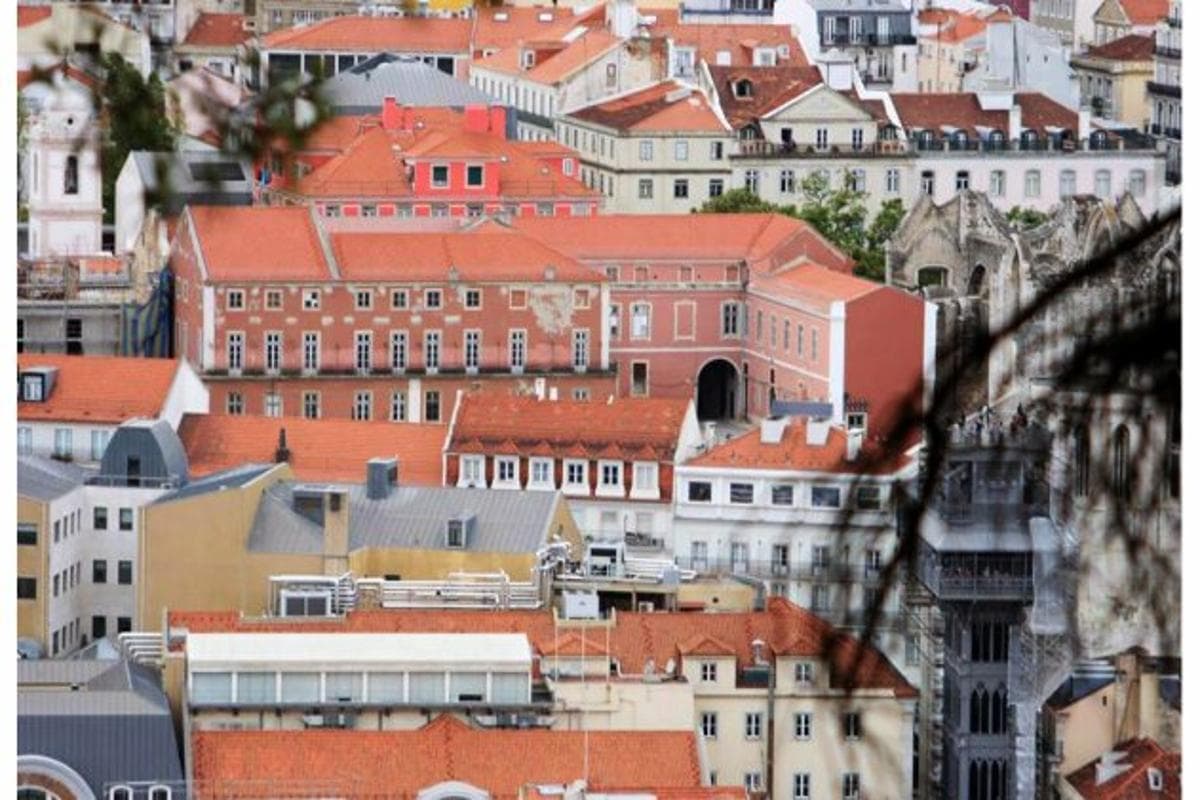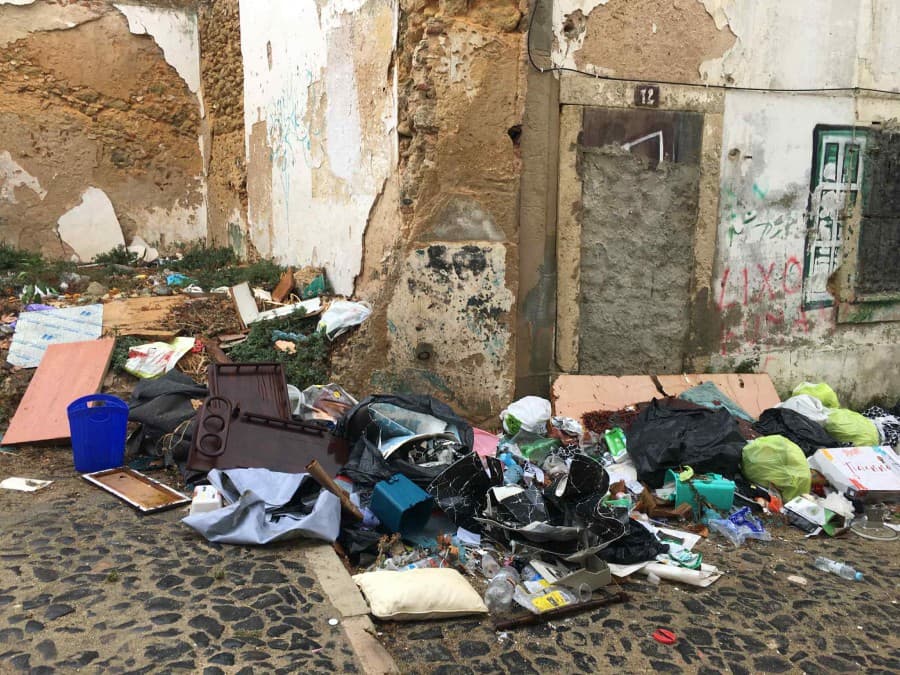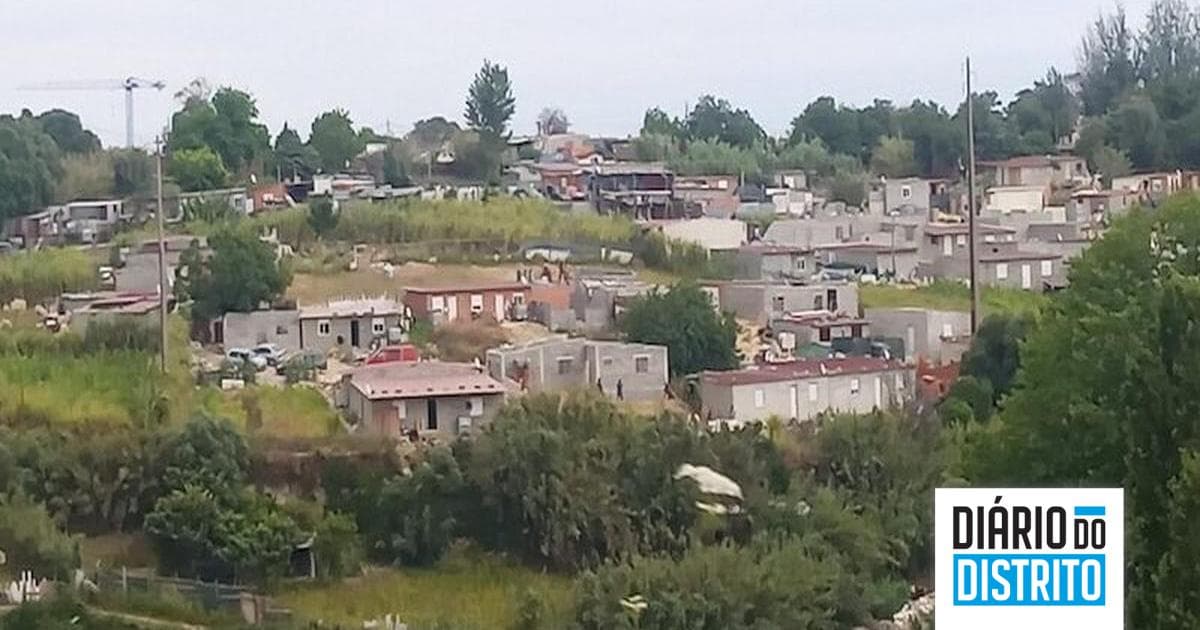Porto Urban Development Plan Sparks Public Outcry Over Transparency and Scale
A municipal development plan for a long-neglected area in Porto, designated “UOPG 1” along the future Via Nun’Álvares, has become a flashpoint of public debate. The Porto City Council’s proposal, which includes plans for three high-rise towers reaching up to 102 meters, was met with a surge of opposition after critical details of the project’s scale were revealed to the public, leading to accusations of a lack of transparency in the planning process.
Initial public consultation periods for the urban planning operation saw minimal participation, with one phase receiving only five submissions. However, the situation changed dramatically following the release of a document by the Northern Regional Coordination and Development Commission (CCDRN) on July 1. This document, which outlined the scope of a future environmental impact study, provided the first clear public description of the towers' height and the project's potential impact, including the addition of approximately 5,000 new residents.
The revelation prompted an unprecedented response from the public, with 1,306 citizens and groups submitting formal participations in the subsequent consultation phase. Concerns raised by the community and planning experts focus on two main issues: the immense scale of the proposed towers and the inadequacy of the planned infrastructure to support the increased population density. The project documents describe the new central road as a narrow street, which critics say is incapable of supporting a metro line or other efficient public transportation, exacerbating the area's existing traffic problems.
The controversy has been fueled by what many describe as an opaque process. According to reports, the detailed project plans were not made available online by the municipality, requiring interested citizens to schedule an in-person appointment to view the documents. This has led to claims that the public consultation was “almost confidential,” effectively limiting scrutiny until the project was at an advanced stage.
In response to the growing opposition, local citizens have organized and formed an association to advocate for a more sustainable and transparent solution. This group is demanding that the current development plan be halted and that any decision on the future of the Via Nun’Álvares be postponed until after the municipal elections in October, allowing the newly elected officials to reassess the project.
The Order of Architects has also hosted discussions on the topic, where some professionals have voiced serious concerns about the plan's viability, particularly regarding mobility. Architect Tomás Allen was cited as being especially critical of the project's failure to address transportation challenges. The debate has also brought up the potential for legal challenges and claims for compensation from developers who may have proceeded with land acquisitions based on the initial project expectations.
Need Expert Guidance?
Get personalized insights from verified real estate professionals, lawyers, architects, and more.
A municipal source stated, “The City Council has followed all legally required procedures for public consultation. The project aims to revitalize a critical part of the city, and all feedback from the public consultation will be thoroughly analyzed as part of the ongoing environmental impact assessment.”
Conversely, a spokesperson for the newly formed citizens' association, ‘Vozes de Nun'Álvares’, commented, “This is not development; it is a speculative venture that ignores the needs of the city and its inhabitants. We are not against progress, but we demand a project that is sustainable, solves existing problems, and is developed with the community, not behind its back.”
The project’s timeline now faces significant uncertainty. The environmental impact assessment has yet to be completed, and its findings could impose significant limitations or require a complete redesign of the current proposal. The intense public and political pressure ensures that the future of this key urban area will be a defining issue for Porto’s next municipal government.
The ongoing debate underscores the complexities of large-scale urban regeneration projects and the increasing demand from civil society for greater transparency and participation in the decisions that shape their cities. The final outcome for the UOPG 1 area will likely set a precedent for future developments in Porto.
Discover emerging areas and local opportunities at realestate-lisbon.com.





